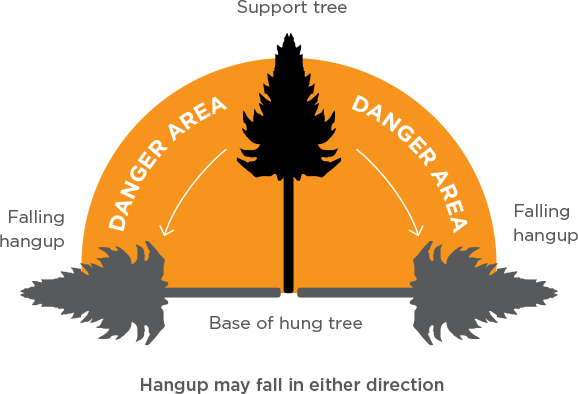In the age of rapid technological advancements, industries across the board are incorporating smart solutions to enhance efficiency, reduce environmental impact, and improve overall performance. Arboriculture, the practice of cultivating and managing trees, is no exception. As we look ahead, the convergence of technology and arboriculture is giving rise to a new era—Smart Arboriculture.
Arboriculture has long been a blend of science and art, with arborists relying on their expertise to care for trees. However, the future promises a revolution where technology seamlessly integrates with traditional practices, transforming the way we approach tree care.
The Role of Artificial Intelligence (AI)
Artificial Intelligence is making waves in various fields, and arboriculture is no different. AI algorithms are being developed to analyze vast amounts of data related to tree health, growth patterns, and environmental factors. By processing this data, AI can provide arborists with valuable insights, helping them make informed decisions about pruning, pest control, and overall tree management.
Drones in Tree Assessment
Drones equipped with high-resolution cameras and sensors are becoming essential tools for arborists. These unmanned aerial vehicles can quickly survey large areas, assessing the health of individual trees and identifying potential issues such as diseases or structural weaknesses. Drones not only save time but also enhance safety by reaching heights and angles that are challenging for humans.
Internet of Things (IoT) Sensors for Real-Time Monitoring
The Internet of Things is transforming arboriculture by enabling real-time monitoring of trees. IoT sensors placed on trees can gather data on moisture levels, soil composition, and environmental conditions. This data is then transmitted to a central system, allowing arborists to monitor the health of trees remotely and intervene promptly when issues arise.
Robotics for Precision Pruning
Robotic technology is being developed to execute precise pruning based on AI algorithms and sensor data. These tree-pruning robots can navigate complex tree canopies, identifying and selectively pruning branches to optimize tree health. This level of precision not only ensures the well-being of the tree but also minimizes human intervention, reducing the risk of accidents.
Augmented Reality (AR) for Training and Visualization
Augmented Reality is finding applications in arboriculture for training purposes and visualizing tree care plans. Arborists can use AR glasses to overlay information about a tree’s health, structural integrity, and recommended pruning techniques in real-time. This immersive technology enhances the training of arborists and aids in on-site decision-making.
Big Data Analytics for Predictive Maintenance
The accumulation of vast amounts of data through various technologies allows for predictive analytics in arboriculture. By analyzing historical data on tree health, growth patterns, and environmental conditions, arborists can predict potential issues and implement preventive measures. This proactive approach not only saves resources but also contributes to the long-term sustainability of urban forests.
Challenges and Ethical Considerations
While the integration of smart technology into arboriculture offers numerous benefits, it also presents challenges and ethical considerations. Issues such as data privacy, the environmental impact of technology production, and the potential displacement of traditional arborist roles must be carefully navigated to ensure a responsible and sustainable implementation of smart arboriculture.
Environmental Impact and Sustainability
Smart arboriculture must prioritize environmental sustainability. From the materials used in technology production to the energy consumption of devices, a conscious effort should be made to minimize the ecological footprint. Additionally, the positive impact of smart arboriculture on overall environmental health, such as improved air quality and carbon sequestration, should be considered.
The future of smart arboriculture is undeniably exciting, with technology poised to revolutionize the way we care for trees. As we embrace these advancements, it’s crucial to strike a balance between harnessing the benefits of technology and preserving the artistry and environmental sensitivity inherent in arboriculture. Through responsible integration, smart arboriculture has the potential to ensure the health and vitality of our urban forests for generations to come.
